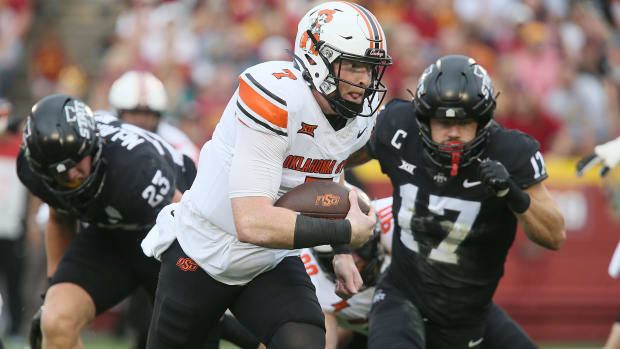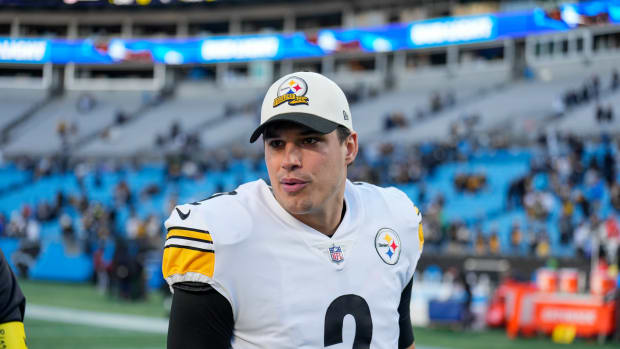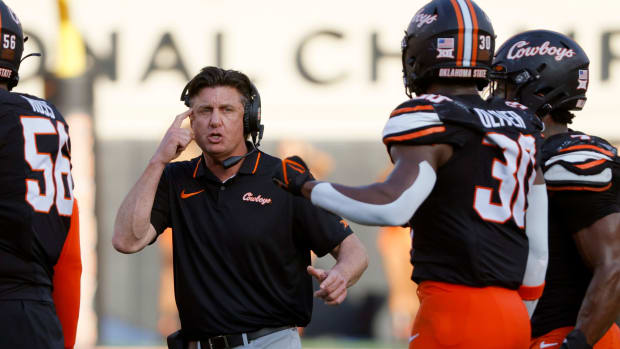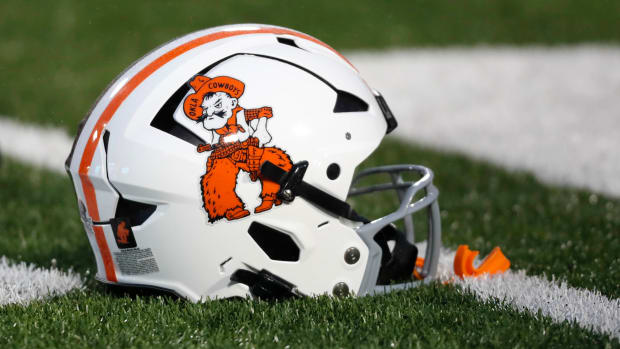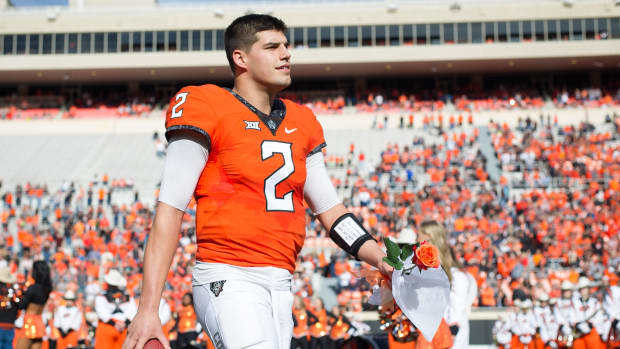What Big Ten is Proposing is Potential Plucking of Talent and Could Damage College Athletics
STILLWATER -- The long-time saying is: "the rich get richer and the poor get poorer." There is nothing you can do about money in college sports. Some schools like Ohio State, Michigan, Alabama, Texas, and Oklahoma have more money and others make do with less. During the past week, we've learned that the SEC is on the verge of a massive increase of television dollars and conference revenue to distribute to it's member schools.
Now, the Big Ten athletic directors are proposing immediate eligibility for athletes that transfer for the first time in the major sports of football, men's and women's basketball, baseball and men's ice hockey. Currently, athletes transferring in those sports must sit out a year of competition unless they graduate from their original institution or obtain an immediate-eligibility waiver from the NCAA. The proposal would allow that one and one time only student-athletes could transfer and be eligible. Any transfer after that would cost the athlete a year and they would have to sit out a period, no exception.
The conference introduced the proposal, they say to streamline what has become a convoluted process with waivers going to the NCAA eligibility committee and being passed at a 65 percent clip.
"I'm supportive of [the one-time exemption]," Ohio State athletic director Gene Smith told ESPN. "I think it was almost unanimous. At the end of the day, we need to provide those kids in those five sports the same opportunities as those in the other sports have. At the end of the day, everybody else has choice. Why can't they have a choice?"
A quick conversation with Oklahoma State head football coach Mike Gundy gave a different attitude.

Mike Gundy has his opinion on immediate eligibility for one-time transfers and it doesn't line up with the Big Ten.
Pat Kinnison - Pokes Report chief photographer
"The NFL doesn't have unrestricted, anytime, free agency, none of the pro sports do," Gundy said. "Those athletes have to fulfill their contract. What we have with our student-athletes is a four-year contract. It is what we sign and they sign when they are recruited. The NFL does not allow teams to tamper with other players. What's to stop Ohio State, Michigan, or another major power from contacting a player developed at another school and encourage them to come play for them. Then there is no penalty, no year they would have to sit out."
Gundy has an excellent point. The NCAA's enforcement arm is weaker than it has ever been. Now, you have the NCAA-created transfer portal that literally encourages and makes transferring more popular than it has ever been because the portal is inviting athletes to that option. Knock off the year that transfers are required to sit out in the major revenue sports and watch the traffic go crazy. You would have under the table recruiting by schools to steal other schools' players happening all the time.
Sure, it creates greater opportunities for student-athletes, but it would ultimately hurt the sports and a lot of schools by creating more competitive disadvantage. Interest would wane in many cases. In the end, you have to ask, would it create more opportunities for athletes to play or actually allow some schools to stockpile top talent and have some of it sitting on the sidelines or bench.
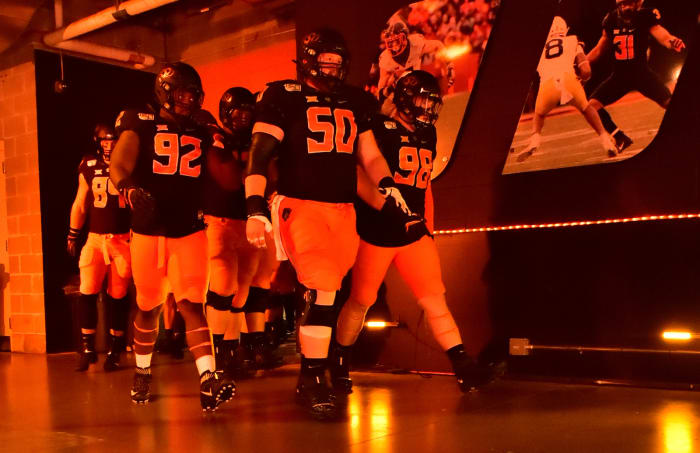
Oklahoma State players prepare to come out for the start of the Kansas State game this past season.
Pat Kinnison - Pokes Report chief photographer
College football is in a great place with more popularity than ever and nationwide. What is equally as alarming are the ideas floated in a sensational story in The Athletic on Jan. 31 authored by Bruce Feldman and Andy Staples. The premise is the SEC just distributed $44.6 million to it's member schools in television and conference revenue, but with the ESPN/Disney offer for the next exclusive top game each week contract in 2023 expected to go for $245 million more than CBS is playing the SEC now. Annual revenue for the SEC schools could climb to $65-70 million annually.
Other conferences and schools aren't likely to match that, come even close, although Feldman and Staples believe Fox might bow up and pay the Big Ten Conference something in the neighborhood of what the SEC will make. Outside of schools like Clemson, Florida State, Texas and Oklahoma, all other schools would be living in much lower revenue brackets.
My idea, and pay attention college administrators, because you are soon going to be paying primarily athletes in these sports for their likeness and any promotional opportunities; is that major college athletics goes to an NFL model. The NFL is the most successful sports entity on the planet. Television money and revenue is shared equally. Player movement is adhered to strictly by the rules. The teams (in this case schools) sometimes give up what might be in their best interest, for the best interest of the sport and overall competition. Popularity for the sport is ultimately what is best for everybody involved.
Right now, college football is more popular than ever. It is a national sport. Seeing the Pac-12 dwindle in competitiveness and shrink in interest or seeing schools in any other region of the country lose their opportunity to compete would shrink interest and cause college football to become a more regional sport. Why make any serious changes? The only changes that should be considered would be ones that would make the sport, across the board, better and not cater to a select group.

